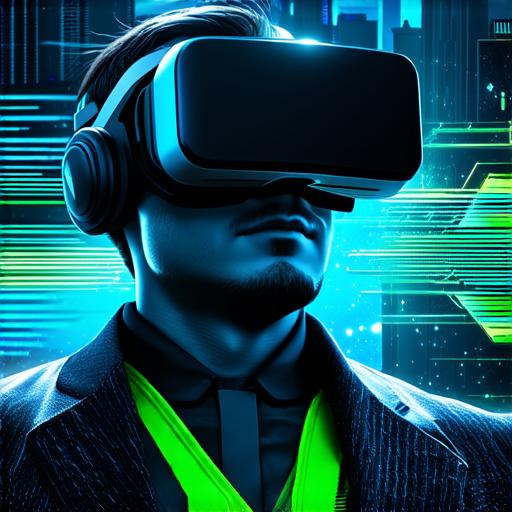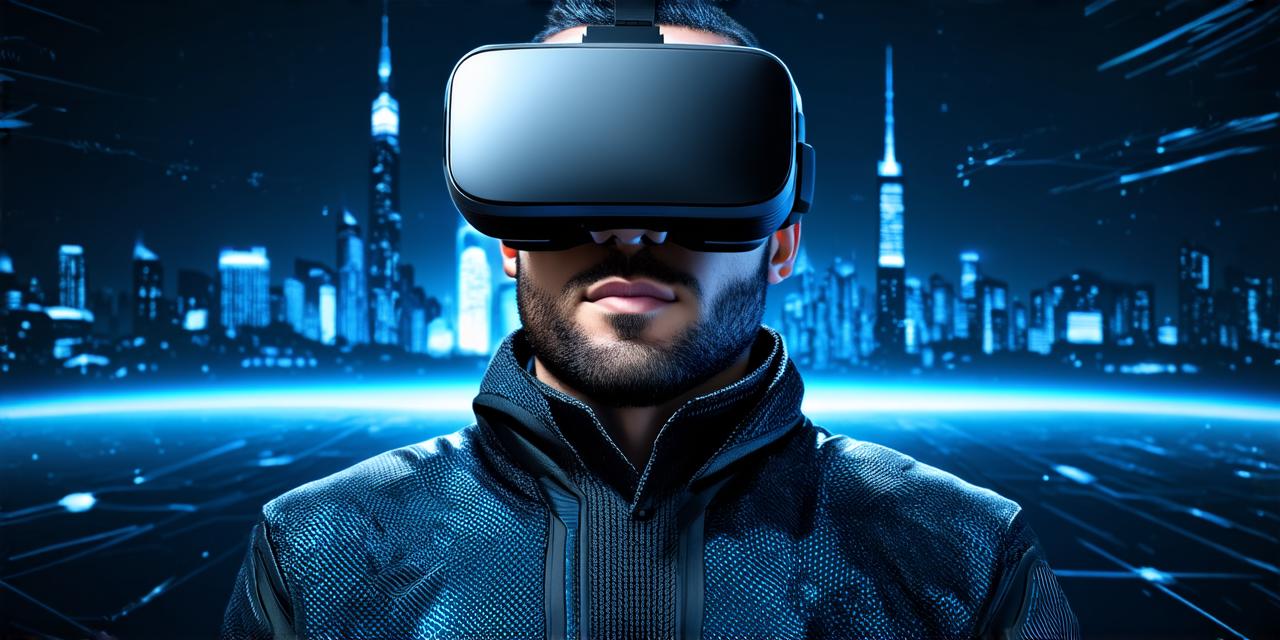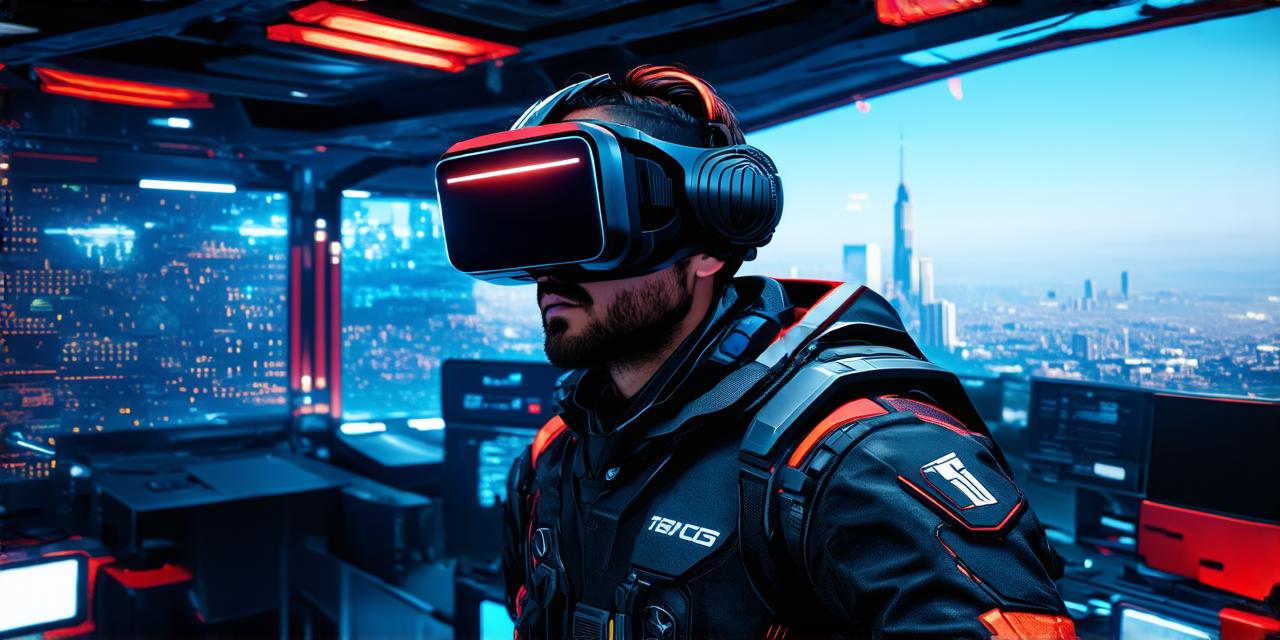Virtual reality (VR) refers to a computer-generated simulation of a 3D environment that can be interacted with in real time using specialized equipment, such as a headset and gloves equipped with sensors.
How does virtual reality work?
Virtual reality works by tracking the movements of a user’s body and head using sensors and cameras. This information is then used to adjust the perspective and position of the virtual environment to match the user’s movements, creating a sense of immersion and presence.
Applications of virtual reality
Virtual reality has numerous applications across various industries, including gaming, education, healthcare, and business. It can be used for training simulations, product visualization, therapy, and more.
Benefits of virtual reality
- Improved learning and retention: Virtual reality allows users to experience real-world scenarios in a safe and controlled environment, making it an excellent tool for education and training.
- Increased productivity: Virtual reality can be used for product visualization, allowing businesses to test and refine products before launching them in the market.
- Reduced costs: Virtual reality eliminates the need for expensive physical prototypes, reducing costs associated with product development.
- Enhanced immersion and engagement: Virtual reality offers a highly immersive experience that can capture users’ attention and keep them engaged.

Conclusion
Virtual reality is an exciting technology that allows users to experience immersive and interactive environments in real time. It has numerous applications across various industries, including gaming, education, healthcare, and business. Virtual reality offers several benefits, such as improved learning and retention, increased productivity, reduced costs, and enhanced immersion and engagement. As virtual reality continues to evolve, we can expect to see even more exciting applications and uses for this technology in the future.



